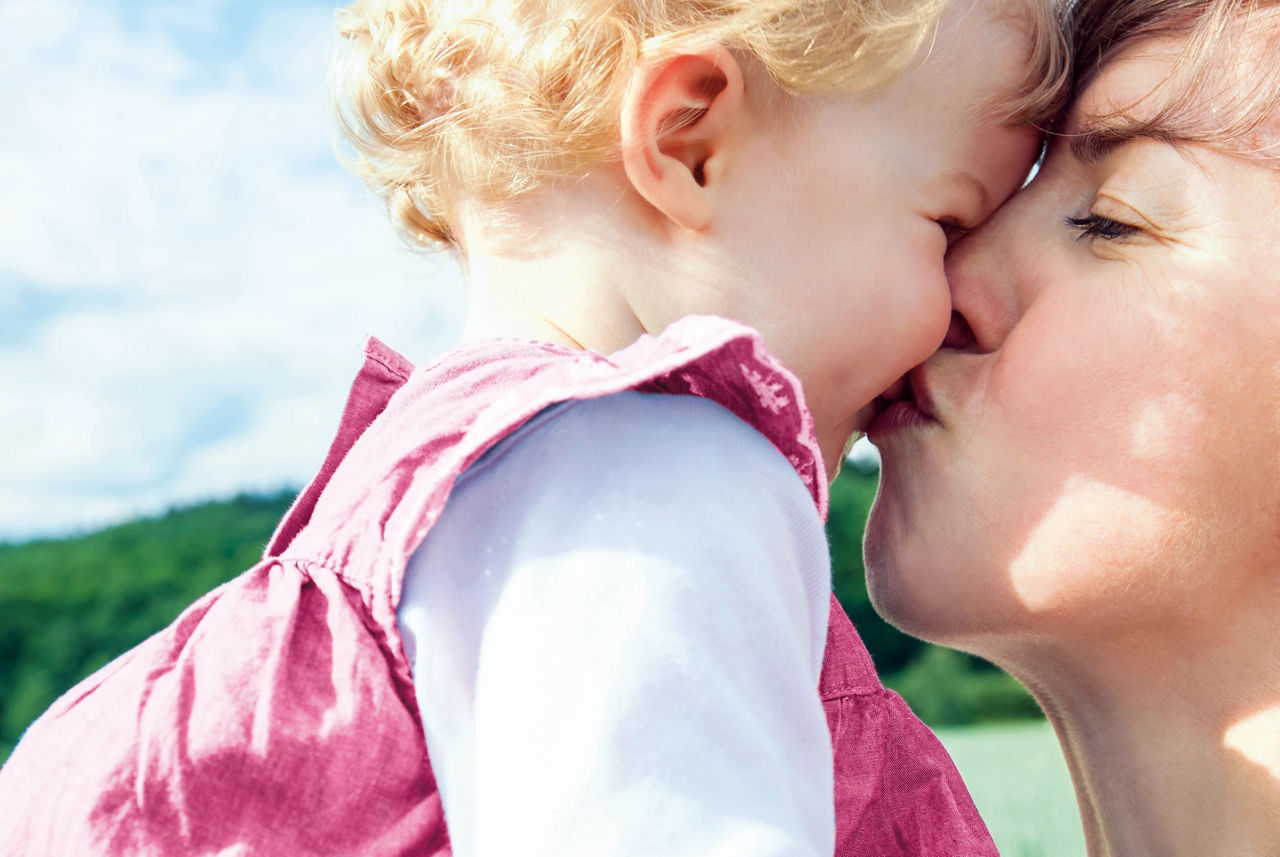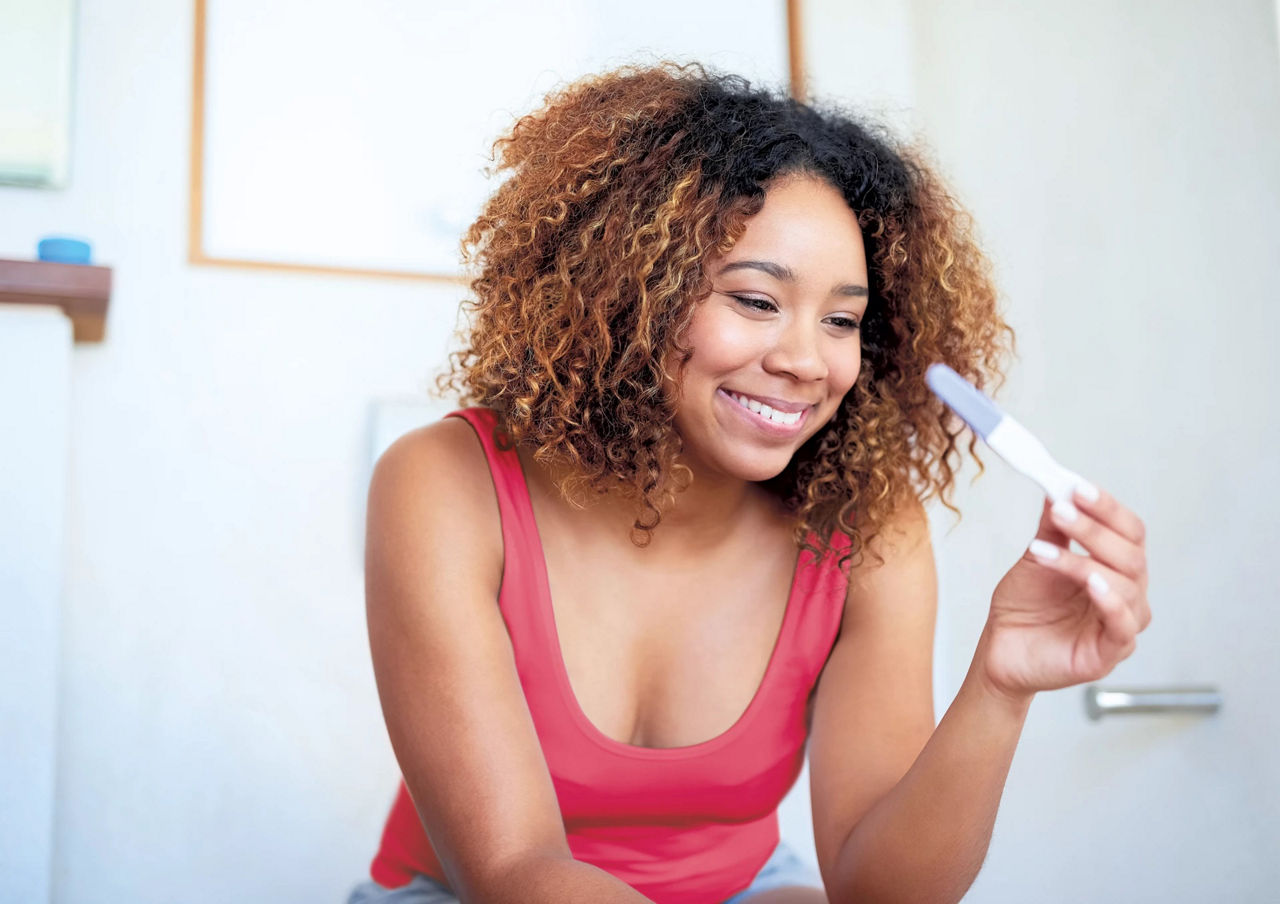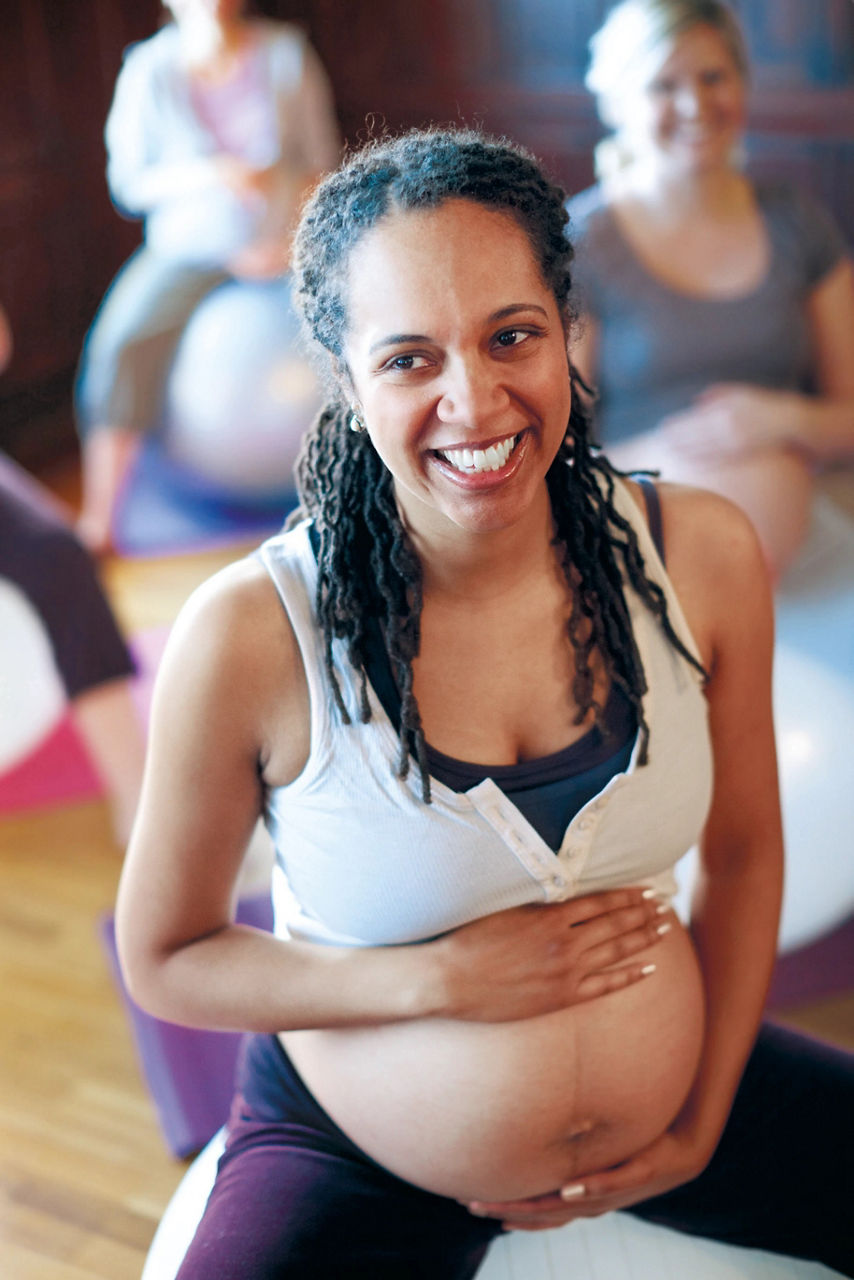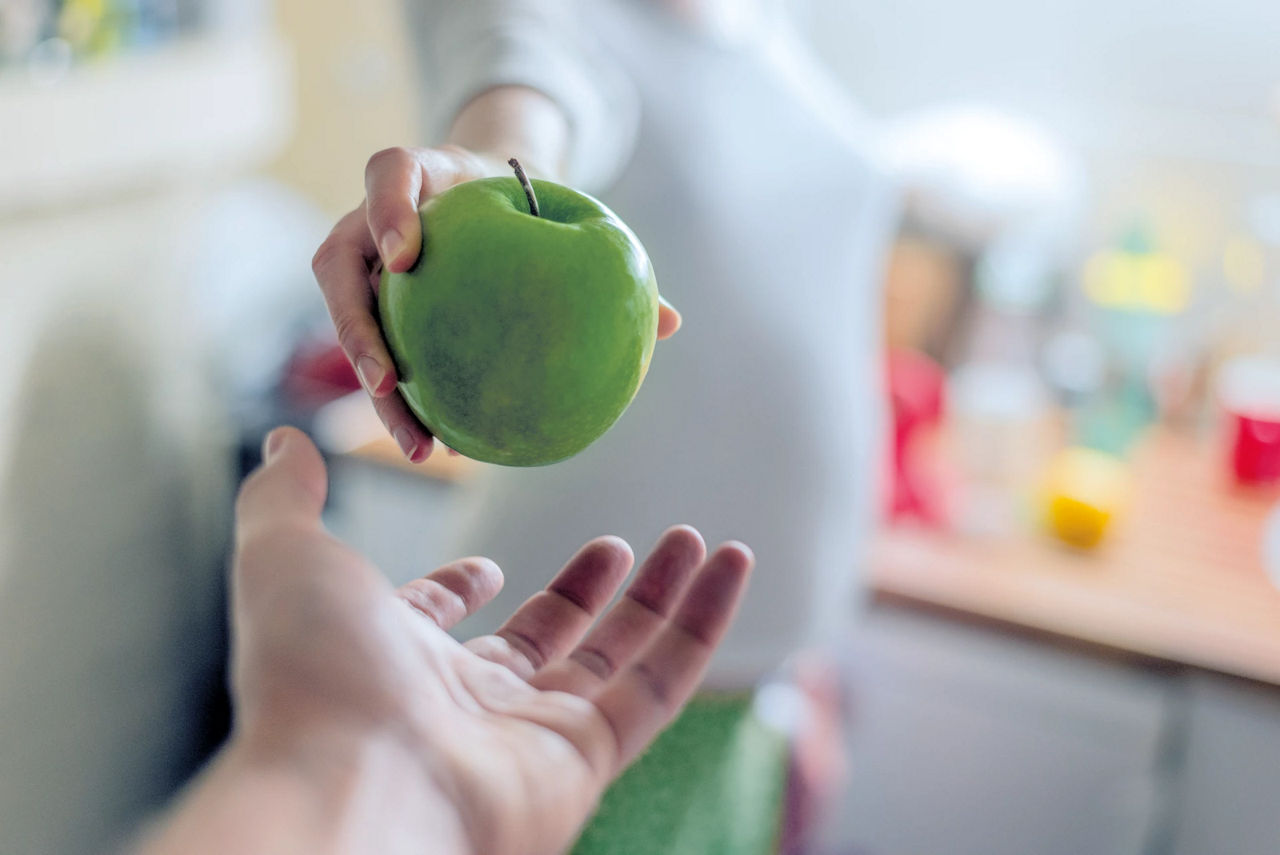Free weaning plan - Register here
Ovulation
If your health and nutrition MOTs are up to scratch, then it’s time to learn more about when your body releases your egg – otherwise known as your ovulation cycle. This helps you know the time when you’re most fertile.
When does ovulation take place?
Your periods happen around every 23 to 35 days and you’re most likely to ovulate roughly two weeks before your period, although it varies woman to woman. Most women have a 28-day cycle and ovulate around day 14.
Ovulation calculator
Our easy-to-use ovulation calculator will help you work out when you’re most likely to conceive.
To get more accurate dates, you’ll first need to know:
- When your last period started
- The average length of your menstrual cycle
If you only use an estimated date and length, the results won’t be as accurate.
Calculate your ovulation dates
Enter the first day of your last period
Select the average number of days that your menstrual cycle lasts (between 20 and 45)
Days
Signs of ovulation
There are several signs of ovulation. The main one is a change in your vaginal mucus. When you’re ovulating, you tend to produce more mucus, and its appearance and consistency changes. It becomes clearer and more slippery – a bit like gluey, raw egg white.
Other signs of ovulation you may experience include:
- A small increase in body temperature
- Tender breasts
- Slight tummy pain
- Feeling bloated
You may also be more in the mood for sex, which is handy!
How to predict ovulation
- Recording your temperature
Since your body changes temperature during ovulation, this gives you a useful way of predicting when you are at your most fertile.
Your body temperature drops just before and rises just after ovulation has taken place, so you can predict your ovulation cycle by recording your temperature regularly. This means taking it at the same time every morning, before you do anything else – including having a sleepy cuddle or getting out of bed. It will take a couple of ovulation cycles before you notice a pattern in your recordings. You should notice that your temperature is higher by about 0.2°C for about three days of the month. Just remember, it’s the days immediately before your temperature goes up that you are most fertile.
- Use an ovulation predictor kit
You can also buy ovulation predictor kits at large chemists and most large supermarkets. They contain sticks that you use to test your urine, a bit like a pregnancy test. The sticks test for a hormone which is particularly high just before ovulation.
Have sex regularly during your fertile period
When you think you’ve spotted all your signs of ovulation, it’s time to have plenty of sex! This will boost your chances of conceiving, especially as sperm can survive for up to 7 days, so are more likely to connect with the egg, which only survives unfertilised for up to a day.

Join the C&G baby club today
- Weekly emails with tips and advice for your stage
- 1-to-1 support from our dedicated Careline team, 8.30am - 5.30pm Monday to Friday.

Join the C&G baby club today
- Weekly emails with tips and advice for your stage
- 1-to-1 support from our dedicated Careline team, 8.30am - 5.30pm Monday to Friday.
More from pregnancy
Pregnancy topics
Any more questions?
Our specialist baby advisors and experienced mums are here to talk and ready to help whenever you need them. You can call us or reach us on Live Chat 8.30am-5.30pm Monday-Friday.
Phone
Call 1800 570 570
FAQs
For all the latest information
Email Us
Send us an email
8.30 am - 5.30pm Monday-Friday




